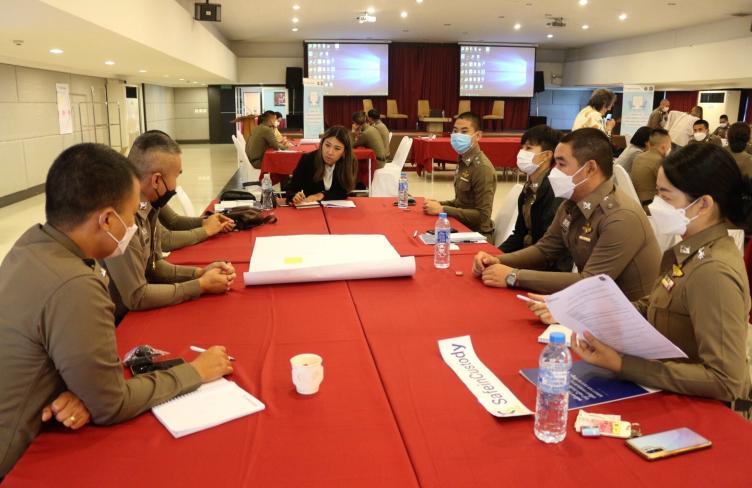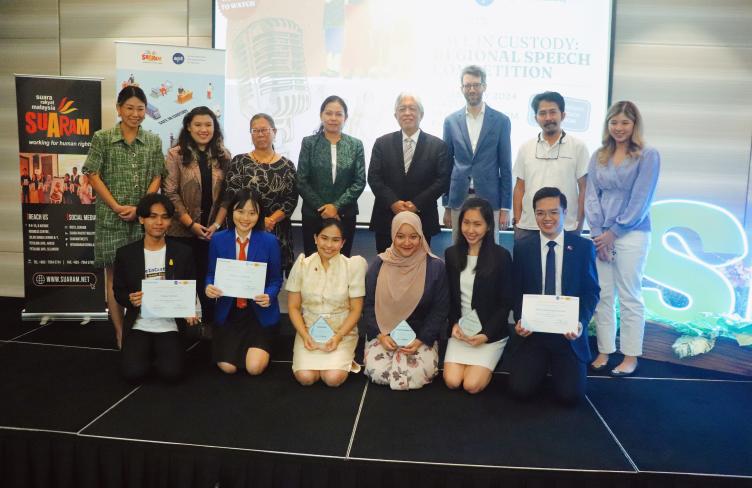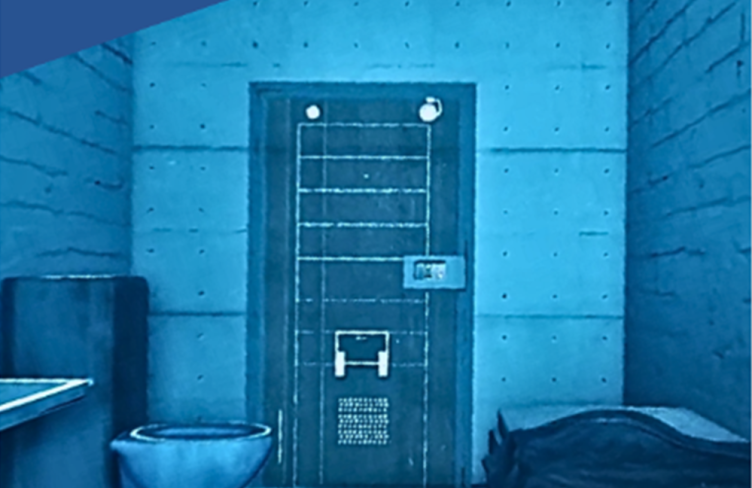
"We want Robben Island to reflect the triumph of freedom and dignity over oppression and humiliation."
Ahmed Katharada, Former Robben Island Detainee
The African Union's Guidelines and Measures for the Prohibition and Prevention of Torture, Cruel, Inhuman or Degrading Treatment or Punishment in Africa (The Robben Island Guidelines or RIG) are an unprecedented instrument to fight against torture and ill treatment in Africa. The RIG is an essential tool for States in fulfilling their national, regional and international obligations to strengthen and implement the prohibition and prevention of torture. The African Commission on Human and Peoples' Rights and NGOs can also use them as a basis for reminding States and other stakeholders of what actions they should take to prevent torture and other cruel, inhuman or degrading punishment or treatment.
Background
The Robben Island Guidelines were formally adopted by a resolution of the African Commission during its 32nd ordinary session in October 2002 and approved by the Conference of Heads of State and Government of the African Union held in Maputo, Mozambique, in July 2003.
Following an APT initiative, The Robben Island Guidelines were drafted during a joint workshop convened by the APT and the African Commission in February 2002, on Robben Island, South Africa. The latter is a venue full of symbolism for Africa as it is the island where President Nelson Mandela and other freedom fighters against the Apartheid regime in South Africa were detained for years. The adoption of the Robben Island Guidelines marked a historic step forward in the prevention of torture on the African continent.
Chronology of the process on the adoption of the Robben Island Guidelines.
Resolution of the African Commission on Human and Peoples’ Rights endorsing the Robben Island Guidelines.
Contents
The Robben Island Guidelines are divided into three parts:
The first part 'Prohibition of Torture' calls on States on the one hand to ratify existing legal instruments and integrate them into domestic legislation. In particular, the act of torture must be 'criminalized' and prosecuted. On the other hand, it invites States to cooperate with regional and international human rights mechanisms. The second part 'Prevention of Torture' presents a range of preventive measures, covering the different stages of criminal law procedure in which there is a real risk of torture occurring. It details the safeguards that should be provided, in particular, during arrest, custody, temporary detention, trial and imprisonment in general. The Guidelines also highlight the need to establish mechanisms of oversight, for example a system for regular visits to places of detention and independent bodies empowered to receive complaints. They further advocate for the setting up of educational and awareness-raising programmes for the public as well as human rights training, in particular for law enforcement officials. The third part 'Responding to the Needs of Victims' looks at ways of responding to the needs of such victims. Indeed, assisting the victims is also a duty of States, which should take measures to treat, support and provide reparation and rehabilitation for the victims.
In 2008, the APT developed a Practical Guide (English - French) aimed at facilitating the implementation of the Robben Island Guidelines. The goal of this brochure is to highlight the role that the Robben Island Guidelines can play in combating torture in Africa and to provide national actors with a suggested approach for implementing them. Five years after the Guidelines were adopted, we felt it would be useful to propose a series of concrete measures, based on the results of the consultative meeting on the implementation of the Guidelines, which was organized jointly by the APT and the African Commission in Ouagadougou, Burkina Faso, on 8-9 December 2003. The recommendations from this meeting constitute a veritable 'users’ manual', which should be followed to ensure more effective application of the Guidelines. These recommendations were approved by the African Commission during its 36th session held in Dakar, Senegal, in November 2004.
Implementation of the Robben Island Guidelines requires a methodical and progressive approach. For this reason, this brochure highlights the need to determine the state of affairs in each country with respect to application of the Guidelines, in order to identify needs and areas for improvement. This evaluation should be as comprehensive as possible and include the legal framework and, above all, the practice in order to better identify priorities and take appropriate action.
In 2012, the Robben Island Guidelines will celebrate their tenth anniversary. It will also be ten years since the adoption of the OPCAT by the UN. This milestone will be a good opportunity to gather relevant stakeholders at the regional level and undertake a thorough analysis of highlights and downfalls of prevention and prohibition of torture in Africa over this ten-year period. Therefore, the APT plans to convene a major regional workshop with a view to assessing what changes have occurred and how these can be related to the RIG. Particular attention will be paid to issues such as ratification and implementation of OPCAT in the region, setting-up and functioning of NPMs, criminalisation of torture in national laws and changes in the practices of law enforcement and judiciary institutions.


